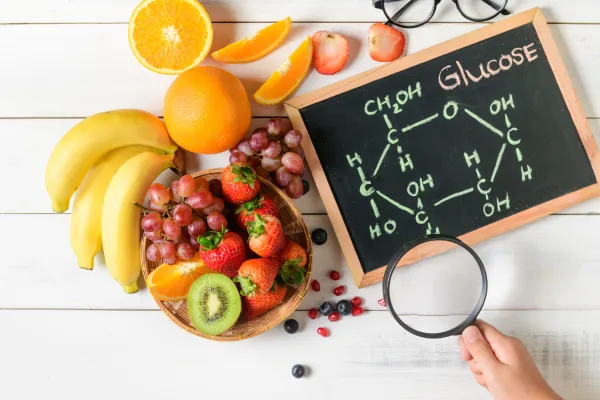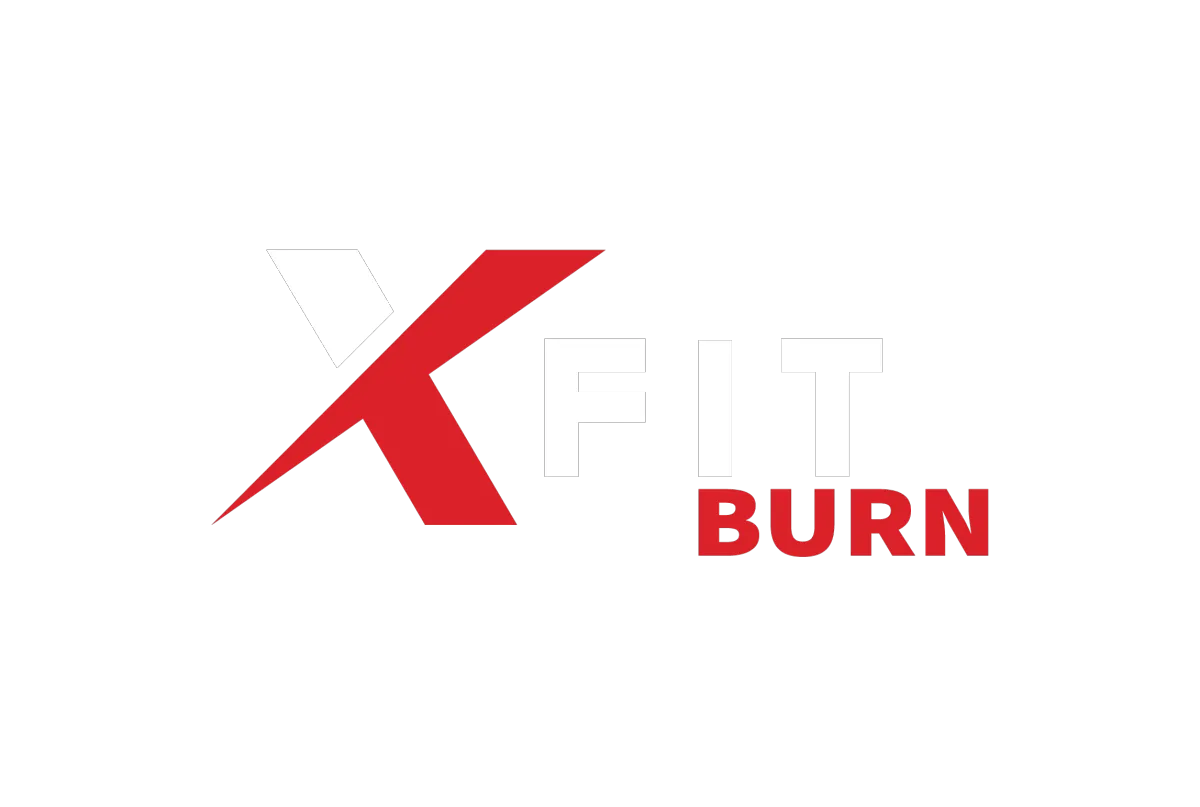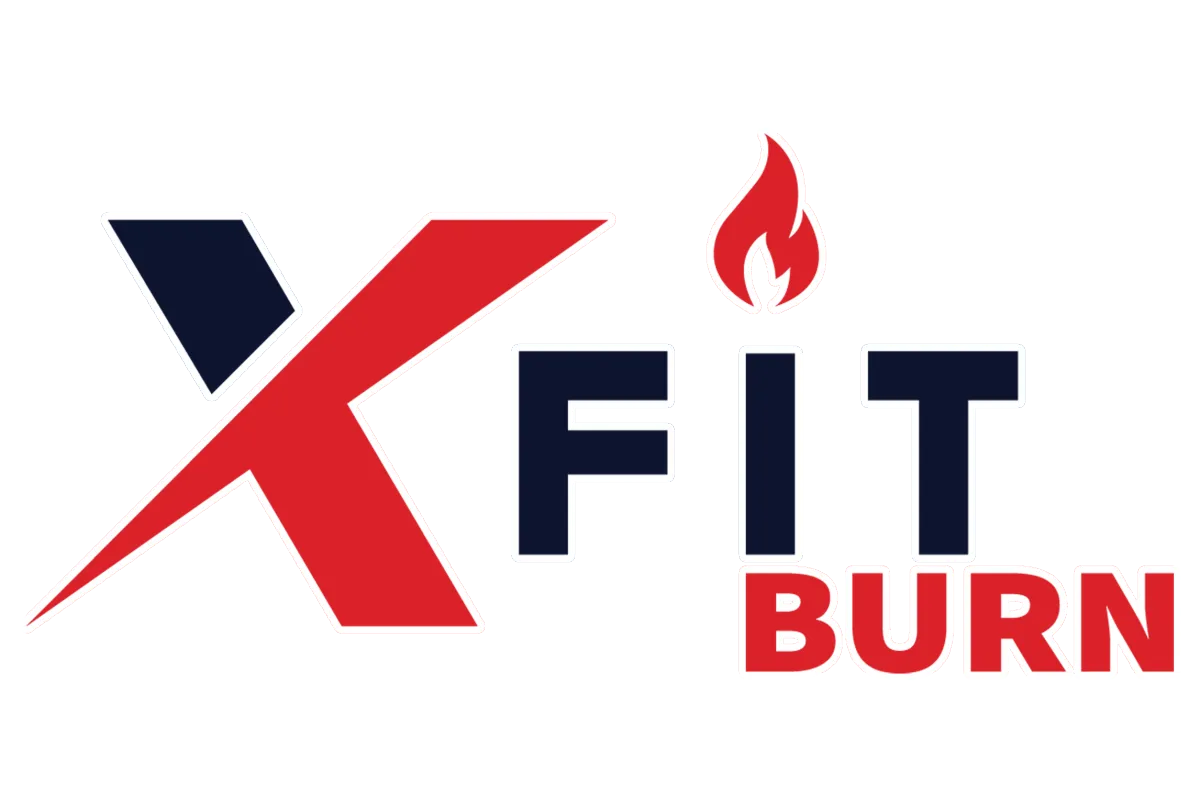
The Journey of Carbohydrates: From Glucose to Glycogen
The Journey of Carbohydrates: From Glucose to Glycogen
Let’s break down what happens to carbohydrates after you eat them and how your body processes them to fuel you. Carbs are not the enemy—they’re just a source of energy, and your body is designed to handle them efficiently when things are functioning well.
Step 1: Carbs Break Down Into Glucose
When you eat carbs—whether it’s bread, fruit, pasta, or veggies—your digestive system breaks them down into glucose (a simple sugar). This glucose enters your bloodstream, where it’s transported to your cells to be used as energy.
Step 2: Glucose as Immediate Energy
Once glucose hits your bloodstream, your body decides what to do with it. If you’re active or just had a tough workout, your cells will likely use that glucose right away to fuel your muscles and brain. Think of it as filling your car’s gas tank—your body burns that fuel as you move.
Step 3: Glucose Converts to Glycogen
If your immediate energy needs are met and there’s still glucose in your blood, your body stores the extra as glycogen. Glycogen is a stored form of glucose, kind of like your body’s energy reserve tank.
Your liver and muscles are the primary storage sites for glycogen:
Liver glycogen is like your body’s emergency fuel supply. It maintains blood sugar levels between meals or during periods of fasting.
Muscle glycogen is reserved specifically for muscle activity—like when you hit the gym or go for a run.
Your body can store about 400-500 grams of glycogen, depending on your size and muscle mass.
Step 4: What Happens When Glycogen Stores Are Full?
If your glycogen tanks are already full (e.g., after eating in a calorie surplus or not being very active), the excess glucose can be converted into fat through a process called de novo lipogenesis. This is your body’s way of saving energy for the long haul, but it’s not the primary way your body handles excess carbs—it’s a last resort when you consistently overeat.
Why Glycogen Matters
Stored glycogen is your body’s quick-access energy source. When you work out or go a long time without eating, your body taps into these reserves to keep you going. This is one reason athletes "carb load" before big events—they’re filling their glycogen tanks to ensure they have plenty of energy.
Carbs Are Not the Problem
Here’s the deal: carbs aren’t inherently bad. They fuel your muscles, brain, and performance. The problem arises when your energy intake exceeds your energy expenditure over time, leading to fat gain and potentially insulin resistance.
Instead of fearing carbs, think about how your body uses them:
In moderation, they provide quick and efficient energy.
In excess, they can lead to fat storage if you’re sedentary or eating in a surplus.
Paired with activity, they help replenish glycogen stores and optimize recovery.
Your body is incredibly efficient at using and storing carbohydrates—it’s all about balance. Manage your overall intake, stay active, and prioritize nutrient-dense carbs like fruits, veggies, whole grains, and legumes. That’s how you make carbs work for you, not against you!



